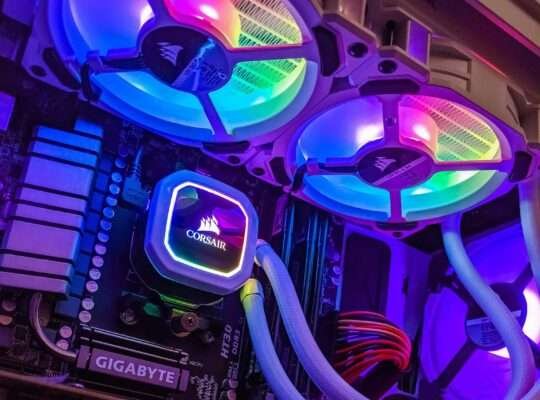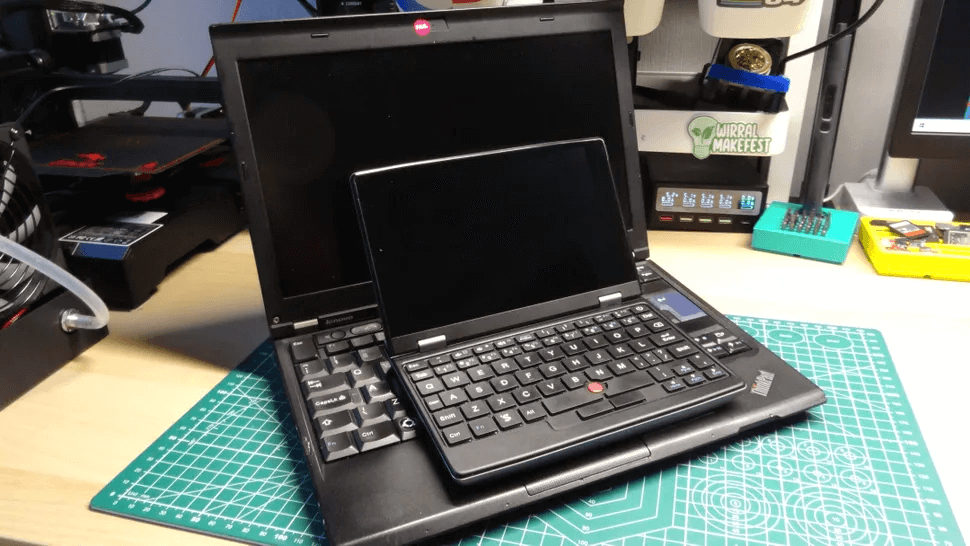We’re living in a golden age of compact computing. Between Raspberry Pi clones, single-board computers, and mini PCs, there’s no shortage of innovation in this space. But every now and then, something truly unique pops up — and the Sipeed Lichee Console 4A is exactly that.
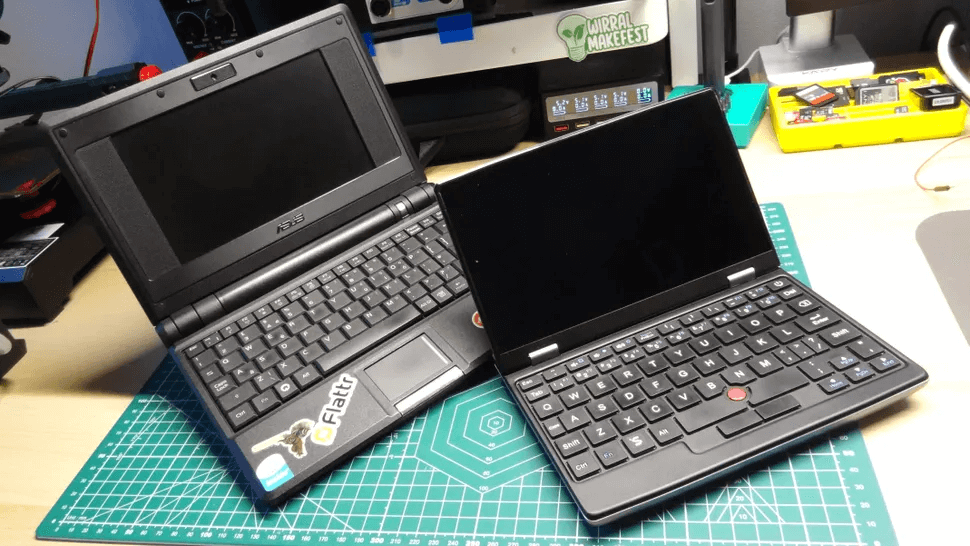
I’ve spent a few weeks testing it out, and while it’s not a mainstream device yet, it’s definitely one of the most intriguing portable Linux systems I’ve used in a long time. Here’s why.
What Exactly Is the Lichee Console 4A?
In short, it’s a modular handheld Linux computer that runs on a RISC-V chip, with a built-in keyboard, display, battery, and ports — basically a mini laptop, shrunk down to something that fits in your hand.
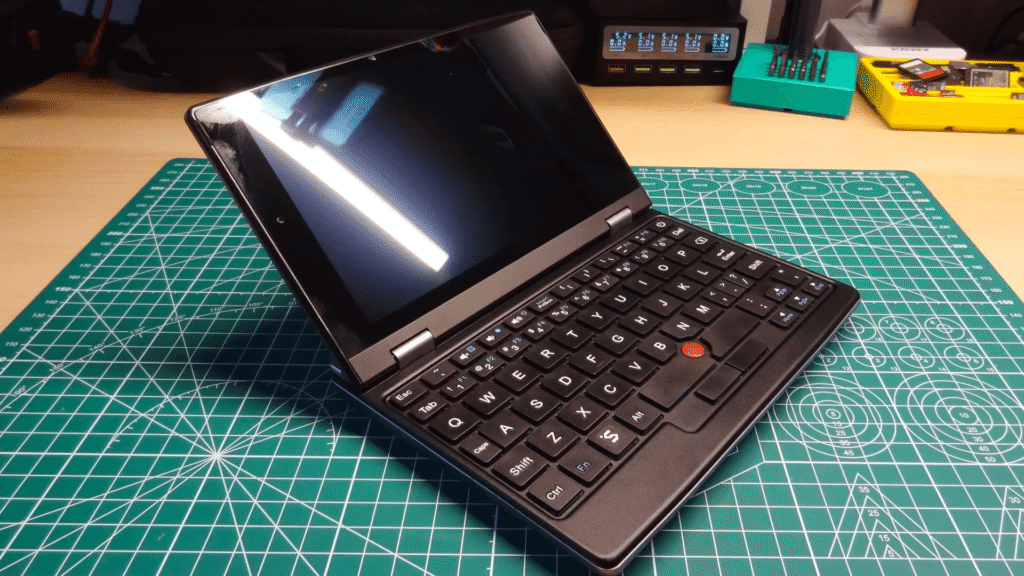
It’s built around Sipeed’s Lichee modules — specifically the Lichee Module 4A, powered by the Alibaba T-Head TH1520 processor, a quad-core RISC-V SoC. If you’re not familiar with RISC-V, think of it as an open-source alternative to ARM — it’s gaining serious traction in the developer and open hardware communities.
Design: Retro-Looking but Surprisingly Practical
Out of the box, the Console 4A gives off strong retro hacker vibes. It has a 7-inch touchscreen display, a mechanical keyboard with real travel (think ThinkPad mini), and a trackball instead of a touchpad.


Is it pretty? Not really. Is it cool? Absolutely.
The casing is 3D-printable, and it’s clear this is a product made by and for tinkerers. It feels solid enough, though not as polished as mainstream devices — but that’s part of the charm. It’s like having a pocket workstation that you built rather than just bought.
Performance: For Developers, Not Gamers
Let’s set expectations: this is not a gaming device or media machine. It’s made for development, hacking, and low-level work — and it shines there.

With 4GB or 8GB of LPDDR4X RAM, 32–128GB eMMC, and full Linux distro support (Debian and others), it’s more than capable of running:
- Terminals and code editors
- Network tools
- Lightweight browsers
- Custom scripts and dev environments
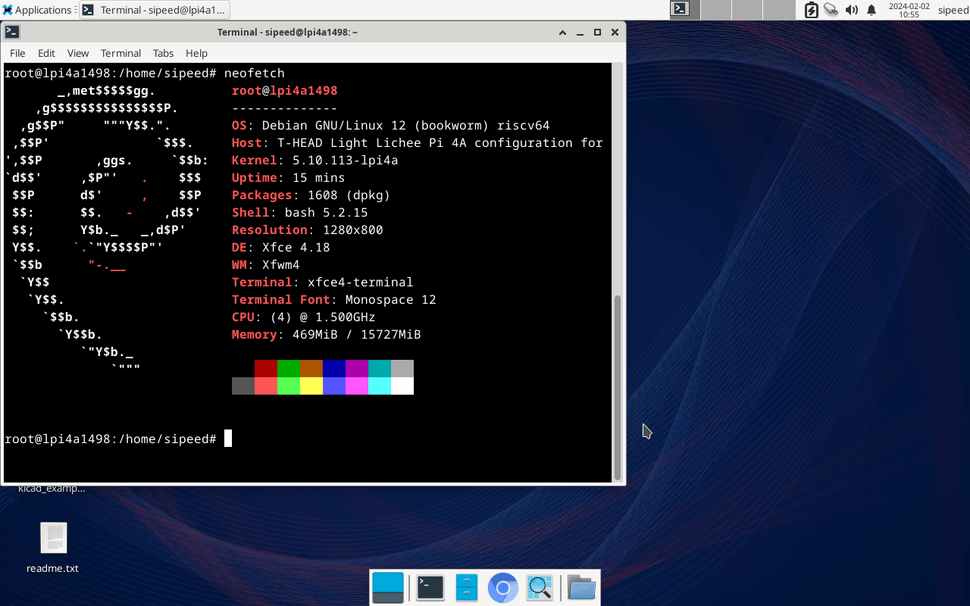
I found it ideal for SSH sessions, Python scripting, and even light Docker work. It’s also great as a companion terminal for embedded development, IoT work, or just experimenting with RISC-V software.
Connectivity & Expandability
Despite its small size, the Console 4A is loaded with ports:
- 2x USB-C
- Micro-HDMI
- 40-pin GPIO header
- MicroSD slot
- M.2 slot for SSD or 4G/5G module
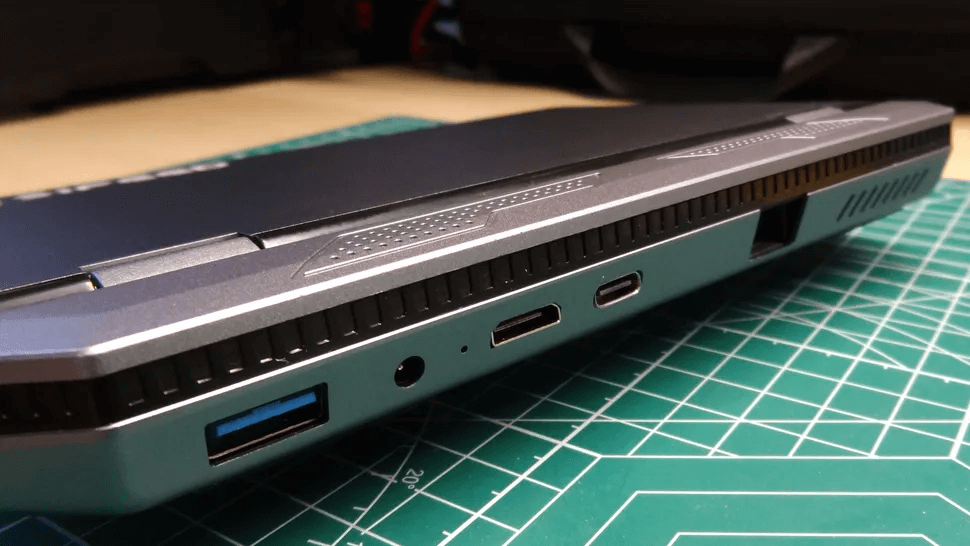
It also has Wi-Fi, Bluetooth, and a built-in battery — meaning you can actually use this thing untethered. Battery life isn’t amazing (about 3–4 hours depending on use), but it’s good enough for bursts of field work or travel hacking.
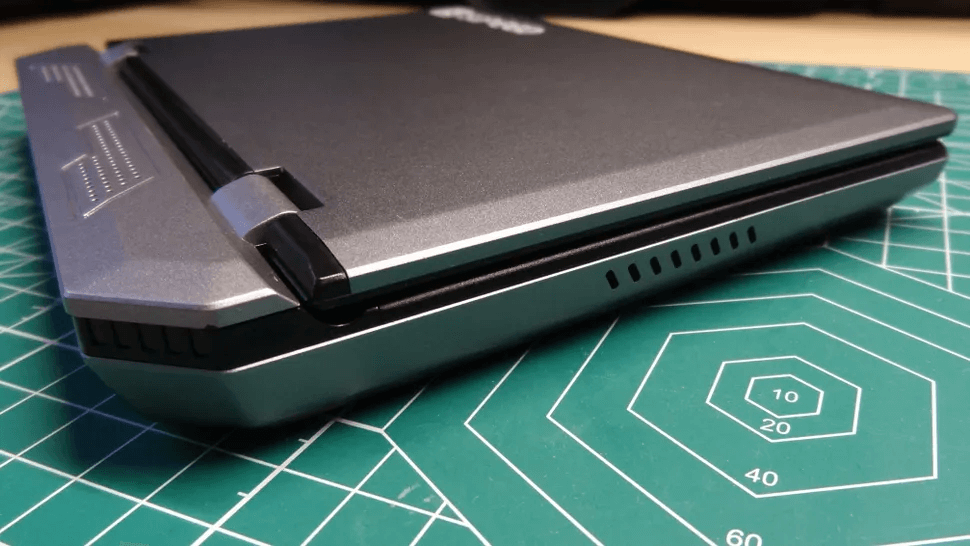
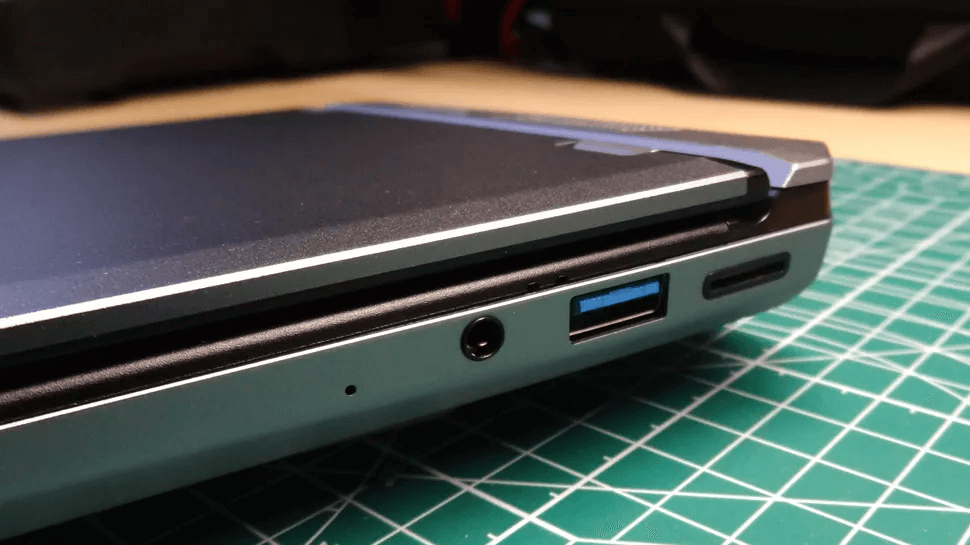
And yes — you can plug it into a monitor and use it as a full desktop Linux box. Pretty wild for a device this size.
Open Source and Community-Driven
Want to 3D print a new case? Go for it. Want to swap out the storage or install a custom Linux kernel? Totally doable.
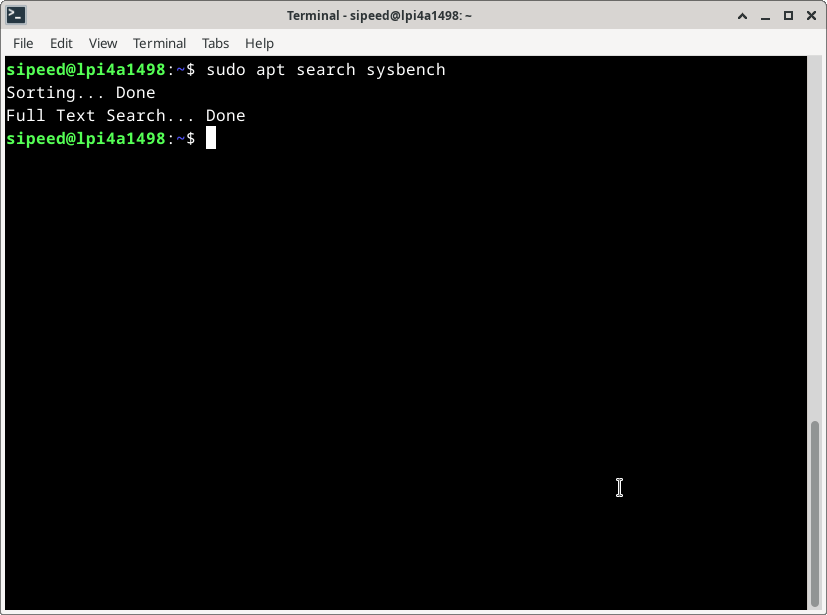
What really sets the Console 4A apart is its open nature. From the hardware schematics to the Linux support, it’s all open source and community-driven. You’re encouraged to tinker, mod, and share your work.

This is a developer-first device, not something trying to be a polished consumer gadget. And for people like me — who love breaking things, fixing them, and learning along the way — it’s perfect.
Who’s This For?
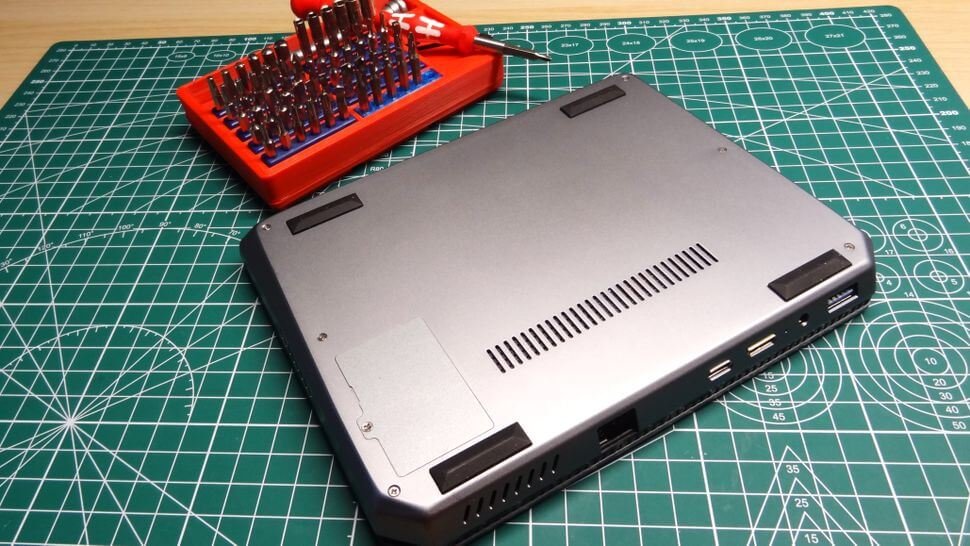
Let me be clear: the Sipeed Lichee Console 4A is not for everyone. It’s a niche device for a niche audience.
But if you’re a:
- Developer or sysadmin
- Open-source enthusiast
- Linux hobbyist
- Cybersecurity pro
- Tinkerer or hardware hacker



